So, you’re interested in selling products online. This is an exciting first step to entrepreneurship!
The most successful online and ecommerce businesses spend time on the front end researching their market and considering the many decisions that go into selling online.
In this guide, the goal isn’t just to list a bunch of trending products and categories that someone claims are the “hottest” items selling online in 2023.
We’ll explore some of that, but we’re also going to empower you with the steps to do your own product research so you can consistently stay ahead of trends and competitors and carve your own profitable niche.
Even more important, the best products for you to sell online are the products you can successfully sell online. If you can make it work for your preferred product category, sub-categories, and niches, then you can succeed in starting an online business.
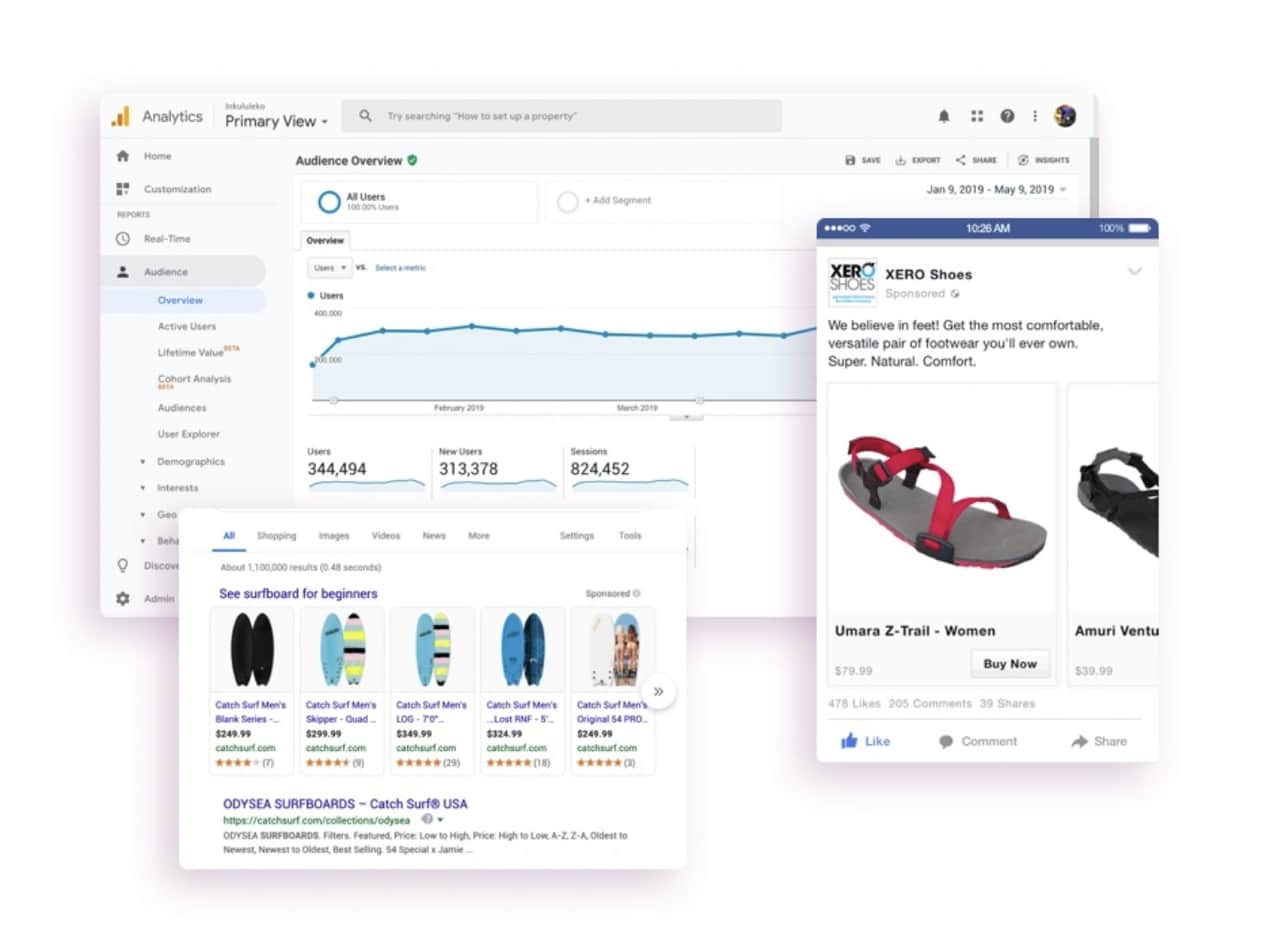
You want to sell products that are in demand, but in a target market that isn’t already oversaturated. You don’t want to compete against huge stores, but you need a niche that can be profitable and has growth potential.
How do you determine the best online business to start?
To serve you best, this guide has been created to help you learn how to determine the best products to sell online, for you and your situation, interests, experience, creativity, and passions.
Is selling products online easy?
↑ Voltar Para o TopoHere’s a better way to think about it:
What skills related to business, product development, marketing strategies, and online selling do you already possess? Selling trending products online comes down to what you know, what you can learn, and how well you implement your knowledge and skills.
The more you already know, the easier it will be to sell products online. And regardless of skills, selling online requires a good idea, systems and platforms such as WooCommerce, marketing, and a willing audience.
Is that easy?
Well, it’s generally easier than starting a brick and mortar business like most typical retail stores, because you have much lower startup costs, fewer risks, less overhead, and a greater ability to adapt, adjust, and pivot as needed.
And the best news is, even if you have limited experience, nothing but time is stopping you from learning. Reading this article is a great place to start!
If you are motivated to try your hand at selling products online, don’t let lack of experience or knowledge stop you. Get started today. Learn everything you can. Make daily progress, and you can succeed.

How do I become an online product seller?
↑ Voltar Para o TopoIf you don’t have a product idea yet, finding one is where you’ll start. What do you want to sell in your own online store? What industries and products interest you most?
You’ll read a lot online about finding your niche. A niche is very important, because no one can sell everything to everyone.
A niche gives you the ability to find an audience that wants something specific, and isn’t getting their needs met at the big stores. Niche products also allow you to be found online, even as a brand new small online business.

For example, can a new online store selling coffee mugs show up on page one of an online search for the keyword “coffee mugs”? No. It’s too big and broad of a word.
But what about a new online store selling funny, color-changing coffee mugs for cat owners? That’s very specific, and there is an audience for that.
So a niche product gives you a place to start, and you can compete with the big online stores right from the beginning.
Have ideas for toys for toddlers? Drill down on your ideas and learn how to describe them. Are they silly toys? Puzzle toys? Brain-boosting toys? Toys for individuals, families, or groups of kids? Perishable or disposable toys? Environmentally-friendly toys?
This is just a starting point. The more precisely you can describe what sets the toys in your online store apart from just a “toy store,” the better audience you’ll find.

So as you look at types of products to sell online, don’t get too caught up on big broad categories.
Begin by making a list of products and ideas that interest you. From there, begin exploring online using methods we’ll explain in a bit, and look for an opening in a specific branch of a larger product category. Narrow it down to a smaller set of niche products. That’s the secret to finding products to sell online.
What are the most sold items online?
↑ Voltar Para o TopoIf you search for the best selling products of 2023 or any other year, every page you find will have a different list of products. What that means is, no one really tabulates actual best selling products by category.
Why? Because there are multiple ways to quantify that. Is it best selling by volume — number of items sold? Best selling by profits? Best selling by revenue, before expenses? Best selling compared to the competition? Best selling in your category or industry?
Your decision about what products to sell online doesn’t just involve the actual product. It also concerns how you want to sell, and who you want to sell to — your target audience. Let’s take a brief look at both.
Ways to sell products online
↑ Voltar Para o TopoFor anyone looking to start some sort of online business, there are a variety of approaches for building your presence, sourcing and managing inventory, and more. Many are not exclusive to one another, but are all things you need to consider.
Here are some of the options you can select from and pair together for your ideal business model:
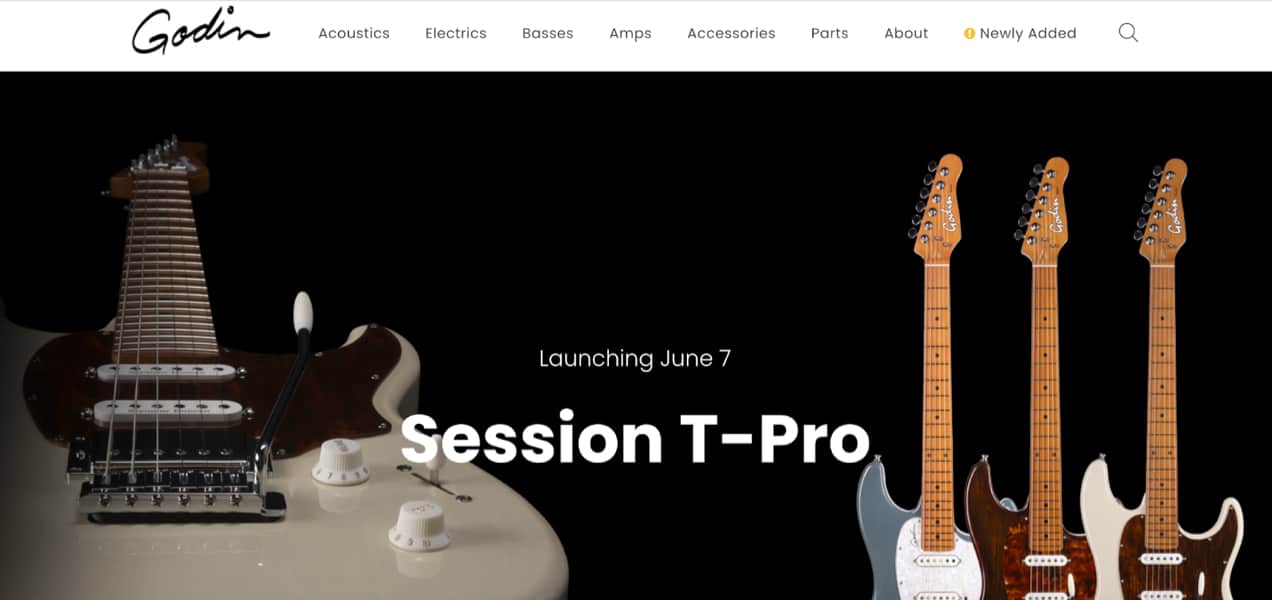
Sell through your own ecommerce store
If you set up your own online store using a platform like WooCommerce, you can sell products directly to consumers, businesses, or wholesalers, and manage the entire business yourself through your own website.
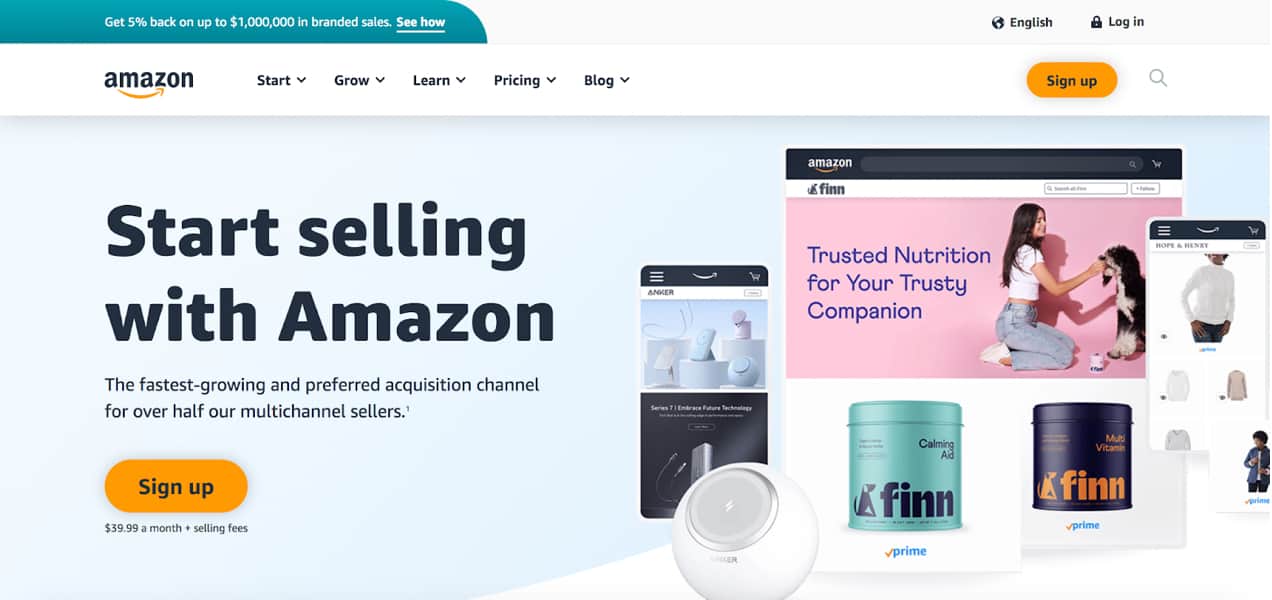
Sell through an existing online marketplace
You can also sell online through sites like eBay or Etsy, or even dedicate the time to learn how to sell on Amazon. These major online marketplaces have their own terms and conditions, as well as built-in audiences and name recognition. There are pros and cons to both these first two approaches that we’ll dive into in a moment.

Manage and sell your own inventory
If you have the space — rented or in facilities you own — you can stockpile and sell your own merchandise in your online store. Here, you’ll need to have systems for making sure your items are in stock, and that you don’t have so much product on hand that you risk getting stuck with unsold inventory.
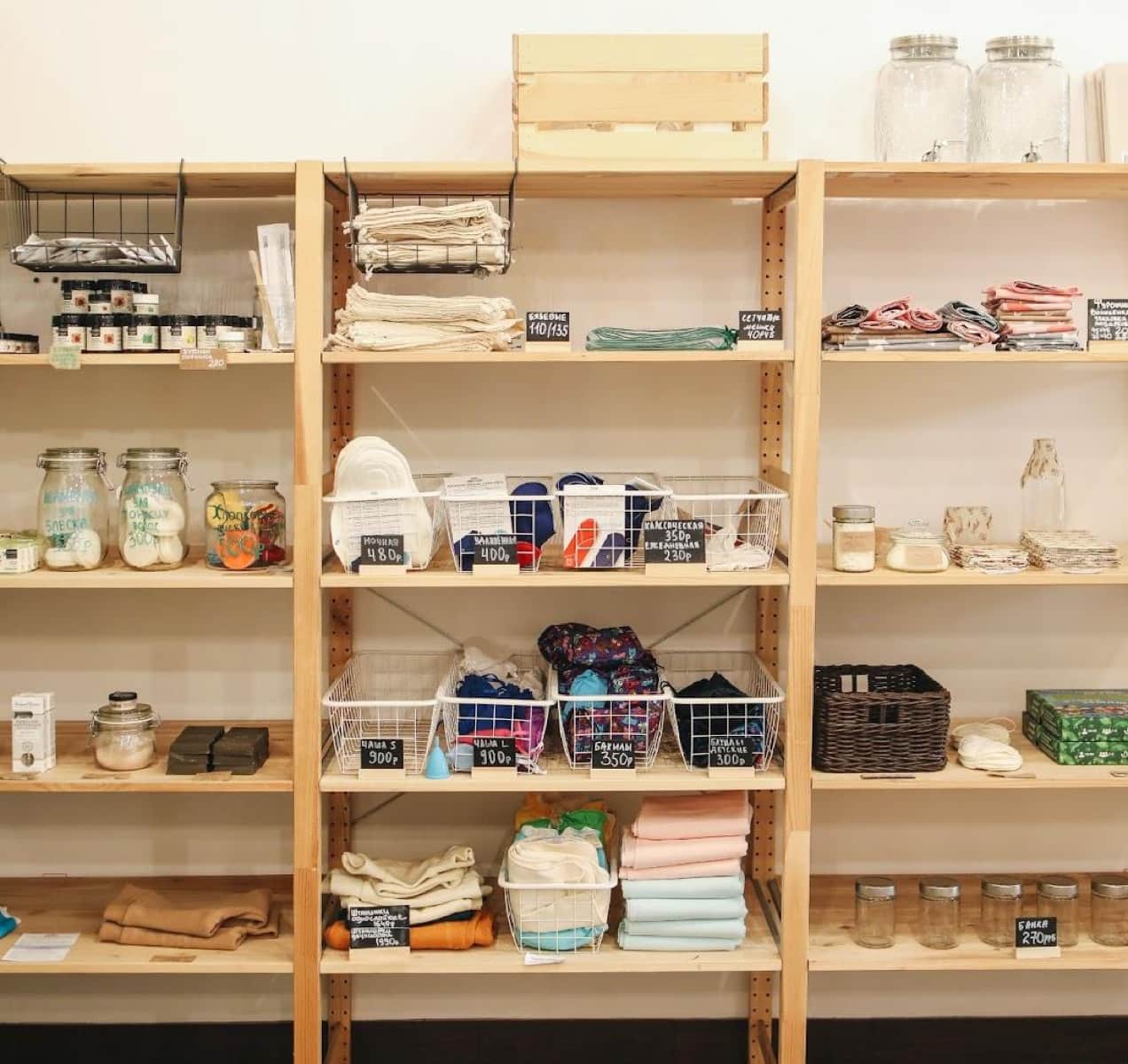
Sell through dropshipping
To avoid managing your own inventory, you can sell online through dropshipping. With this approach, you have to find products to sell that are being manufactured and stored elsewhere.
Each product that sells will be shipped directly from the manufacturer or wholesaler to the customer.
Some products work well with this arrangement, while others do not.

Start a print on demand business
This is a variation of dropshipping in that you only create a product when someone orders it. But in this case, you are manufacturing them yourself, on demand, or working directly with a manufacturer.
Common products that work with a print on demand company include any printed materials such as books and other media. You can also use print on demand for customized items such as clothing and branded merchandise. For example, your company could sell pens, mugs, and other office supplies that are branded according to each customer.

Manufacture your own products
If you have the capability to create your own products to sell online, you may want to do this to maintain quality and cut out intermediaries so you can keep your prices down while making a good profit. Again, this is easier with some products than others.

Sell pre-existing products
You can also sell products made elsewhere, and you are now the intermediary marking up what you buy from suppliers and selling it to your own customers. You can also vary this approach and create your own private label based on a pre-existing, trending products.

Sell wholesale
You can also become an online wholesaler, where other online and brick and mortar businesses come to you for their supplies and merchandise. This online selling approach requires you to have the storage space and ability to manage larger volumes of products.
What’s better — selling on Amazon or your own ecommerce store?
↑ Voltar Para o TopoIn general, you’ll be happier selling from your own online store than on Amazon or other online marketplaces, and here are the main reasons:
- There’s no competition from other products on the same page right next to yours
- You’ll have less concern about the price of the competition
- You’ll benefit from more freedom — Amazon can change their terms, delist you, or increase their fees with no warning
- There’s more customer loyalty and a better chance to build brand recognition
- You’ll have the ability to grow without limits
- You’ll own all your customer information (not some third-party site) — a very valuable asset the larger it grows
While it may be easier to get started selling online using a site like Amazon because of the pre-existing infrastructure and higher initial traffic, you’ll quickly discover that the above advantages of having your own online store outweigh whatever Amazon can offer, especially when it comes to long term growth.
Another option is to do both. Yes, you can sell on more than one platform at the same time. Start on Amazon, get some reviews, build some product awareness, and launch and start growing your own ecommerce store alongside it. Eventually, you can wean yourself from Amazon and let your online store stand on its own.
Who to sell to
↑ Voltar Para o TopoYour products, in part, determine who your audience is. But you have a few additional considerations. You can choose to sell products to people based upon a variety of attributes, such as:
- Demographics like age, gender
- Occupations
- Life situation — people with kids, retirees, singles
- Socio-economic status
- Ethnicity
- Location — countries, states, provinces, regions, cities
You can also choose to sell to businesses in what’s called B2B — business to business. This is where wholesale fits, but any online store can sell trending products to other businesses, depending on what they sell.
Your target market will emerge from whichever products you decide to sell, and it can change and adapt over time. But when you’re just getting started selling online, make a decision about who your potential customers will be and build from there.
What product has the highest margin?
↑ Voltar Para o TopoThe highest margin online products are non-physical products. Information products such as online courses, memberships, online coaching groups, and even eBooks require no inventory, no manufacturing, and no production. Once the product has been produced, you can sell the same item to as many people as will buy it.
Software products could also be included in this category, though the development process tends to involve a lot more people than the products listed earlier, which pushes up the costs of production and lowers the margins, at least at first. But if your software takes off and gets widely adopted, that too has very high margins.

What products can I sell online from home?
↑ Voltar Para o TopoAs mentioned earlier, you can begin selling products from home more easily using dropshipping, because you avoid the need to store and manage inventory.
A dropshipping business has a number of advantages, such as relatively low startup costs, no shipping costs or warehouse overhead, less risk, and fewer staffing requirements. However, it can be harder to gain a foothold in the marketplace, and you have less control over your products.
See more pros and cons of dropshipping, and learn more about getting started.
You can also visit actual dropshipping suppliers and see how they work and what they offer.
Two of the biggest dropshipping supplier sources are AliExpress and Spocket.
If you decide you want to sell products online using dropshipping, your online store will work a little differently than a typical ecommerce store. Here’s how to set up a dropshipping store.
Factors that affect product sales and profits
↑ Voltar Para o TopoSo how can you narrow down your ideas for which products you want to start selling online? Here are a few considerations that affect how well a product sells and your potential profit margins:
Margins
Your margin on each product is the difference between what it costs to manufacture or secure the product, and what you charge for it. Selling a product for $200 that costs $180 to produce might not be as good a business idea as one that sells for $50 and costs $25 to make.

Shelf life — perishability
This applies to food, of course. But it also applies to things like building materials, certain skin and beauty products, and various other items. Longer-lasting items may be more desirable to customers, but it also means you can’t sell to them as frequently. Again — there isn’t a ‘right’ or ‘wrong’ way to go here. This is just something to consider as you explore product ideas.
Selling perishable items also increases your risk of unsold inventory. If you can’t offload items before they go bad, you’ve lost the entire value of the raw good.
Size and weight
Heavier and larger items cost more to ship and require more extensive packaging. So, you either build the cost of shipping into your product pricing, or charge higher shipping costs, which can turn some people off.
Larger, heavier products also tend to increase storage and inventory management costs.

Consumable or not
Again, this doesn’t just mean food. Any product that people run out of has good potential for longer term sales because your customers have to keep coming back to buy more. This is in contrast to items most people buy once or just a handful of times during their lifetime.
A wrench can last years before it gets worn out. Art is a harder niche because people can only fit so much art in their homes. That isn’t to say these aren’t good niches to consider. Again, this is just something to incorporate into your thought process as you work out your plan to sell products online.
How do you come up with a product and sell it?
↑ Voltar Para o TopoThe answer to this depends, in part, on which type of online business model appeals to you.
A dropshipper doesn’t need to manage inventory or develop a product. You’re selling pre-existing products. You might have to develop the brand, and you will certainly have to create the marketing and the online store. But you don’t have to come up with actual product ideas.
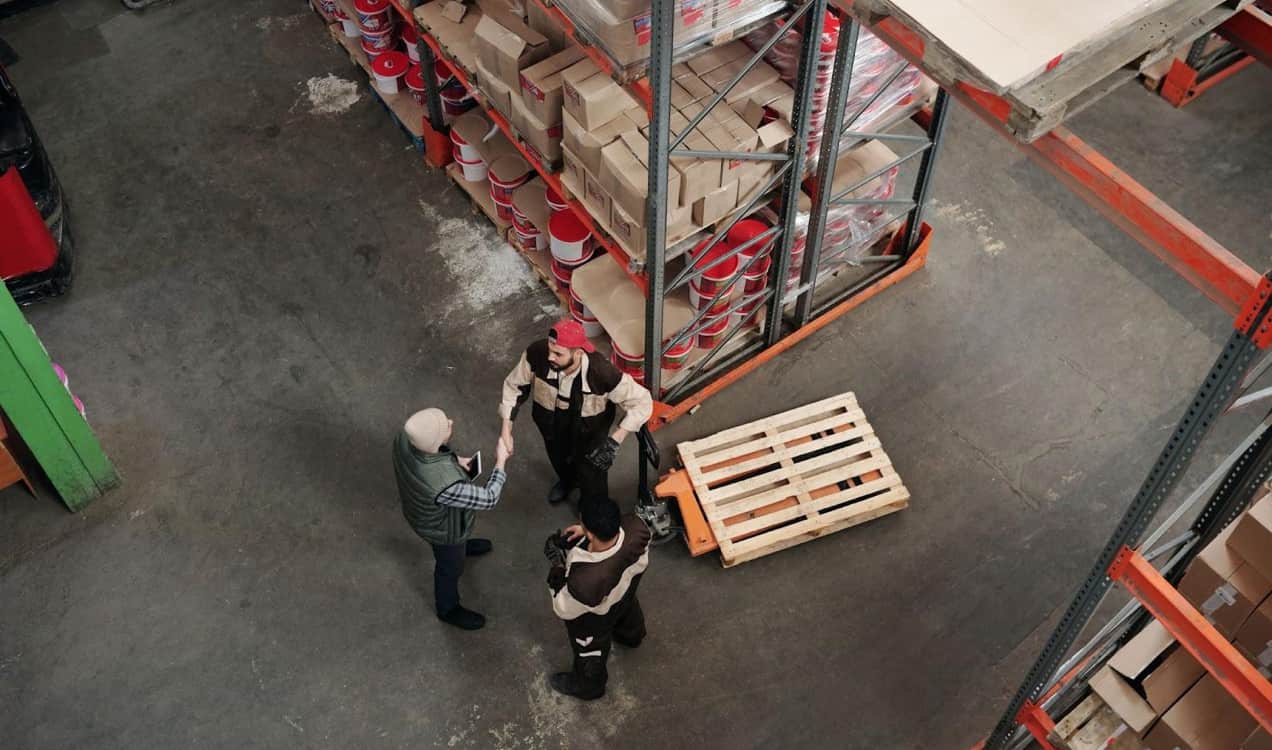
This is likely true for wholesaling, too. If you want to work with wholesalers, you might become a link in the chain to businesses that need those products. So, there might be a huge wholesaler in another country that has a huge warehouse of a product.
You can buy their product in bulk, mark it up, and become a local wholesaler to your city, state, province, or region.
Again, you wouldn’t need to create a product using this approach.
A print on demand company isn’t creating the ‘canvas’ for their products, but they will be creating the customization that makes people or businesses want to buy from them. So in this case, you need to have the creativity to develop your own style, artwork, technical skill, or whatever type of customization you’re offering.
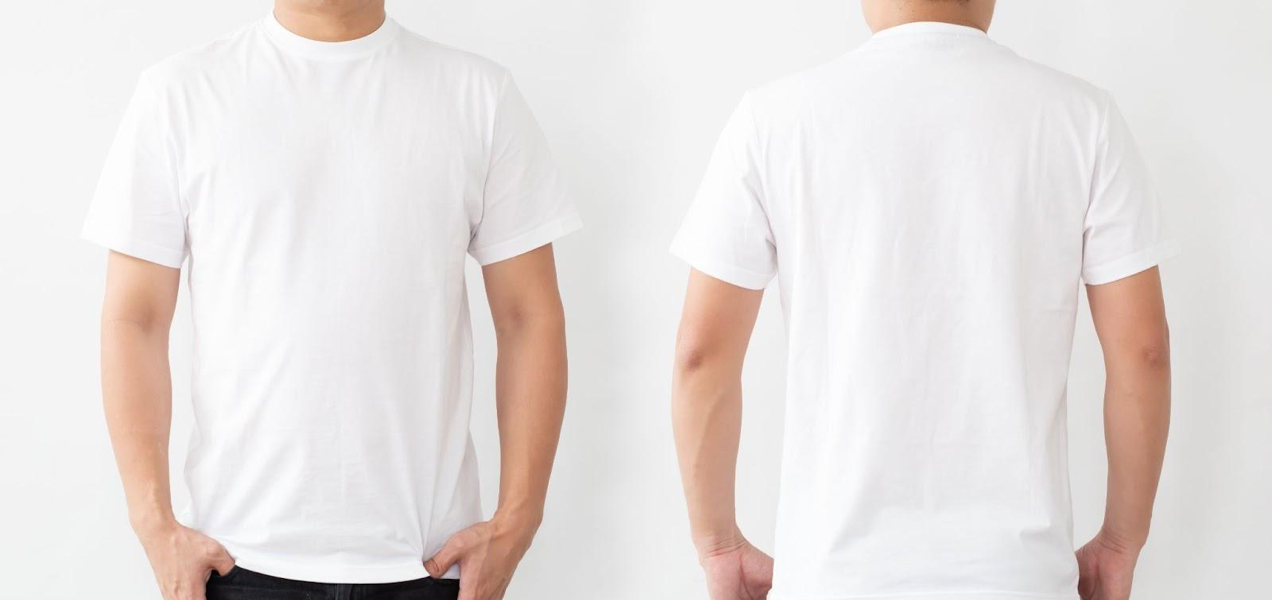
And you need to know how to work with suppliers who can provide the ‘canvases’ for your products, be they shirts, mugs, pens, notebooks, water bottles, or anything else you want to offer in your ecommerce store.
If manufacturing your own products, the answer to this becomes much more complicated. If food, where will you get the ingredients, assuming you have developed recipes already? If some other product, you’ll need to source the raw materials and create a manufacturing process.
If your product is software, or a digital information product, you need to code it, write it, and design it.
But before developing a new product — especially one with higher upfront costs — you might want to consider doing some market research to see if there’s demand for your idea. Let’s spend some time talking about market research.
What else is selling big right now? What’s in demand?
↑ Voltar Para o TopoHow do you find out what products are in demand in other online stores? Here are four good methods to find trending products:
1. Use Google Trends
Google Trends offers a powerful tool to tap into the minds of consumers. If you already have potential products in mind, It allows you to search for keywords and see how much interest exists for those kinds of products.
Perhaps more fascinating, you can draw conclusions and inspiration from how consumers’ searches vary more broadly. For example, Google’s own analysis of 2022 trends shows some clear conclusions:
People are traveling
Travel-related searches are up significantly as people continue to make up for lost time suffered during the pandemic. Searches for the “best travel pillow” were up 145%, “airline reviews” 70%, and “best credit cards for travel” 30%. If your product can be used in the context of travel and exploration, or you can position it to be, you can take advantage of this rise in interest.
People are feeling the impact of economic uncertainty
On the other hand, consumers are also increasing searches related to saving money and stress management. The economic future remains uncertain and people are preparing accordingly. “Cheap alternative to” saw a 30% year-over-year increase and “how to save money” saw a 50% jump. Similar increases were seen for stress management-related searches, and burnout symptoms saw a rise of 85%.
If you’re starting your first online store, or looking to grow your existing presence in the years to come, be sure to read Google’s report on the future of retail. It outlines how consumers are searching for products across multiple channels and ditching brand loyalty for personalization.
And when you’re ready to start selling your new products, WooCommerce stores have access to Google Listings & Ads. This extension helps you reach millions of shoppers across Google with free product listings and an enhanced, simpler advertising experience for optimal marketing performance.
How to use Google Trends for product research
To use Google Trends, after you reach the main page, begin by clicking on the Explore tab. Then type in a product category or other search term that is relevant to your product idea.
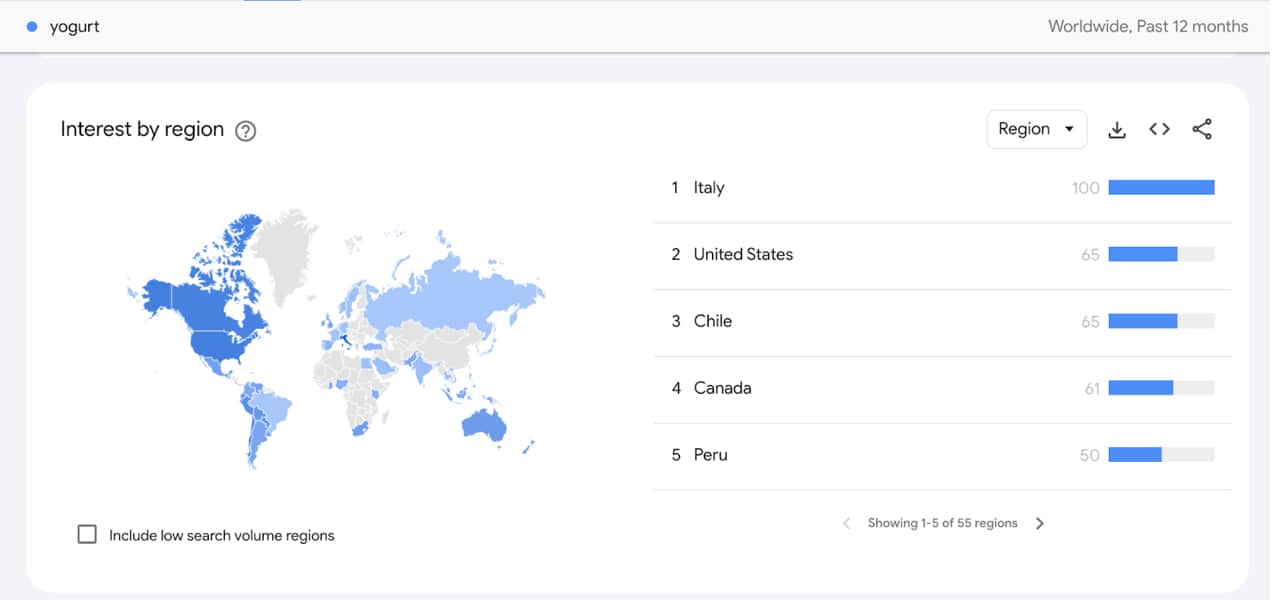
Location trends
For example, when you type ‘yogurt’ into Google Trends, it shows interest in yogurt based on location. You can narrow down the location from states to large metro areas to cities, and find which places have shown the highest interest in yogurt. This sort of information might be valuable if you wanted to target particular areas at first. Go where demand is greatest.
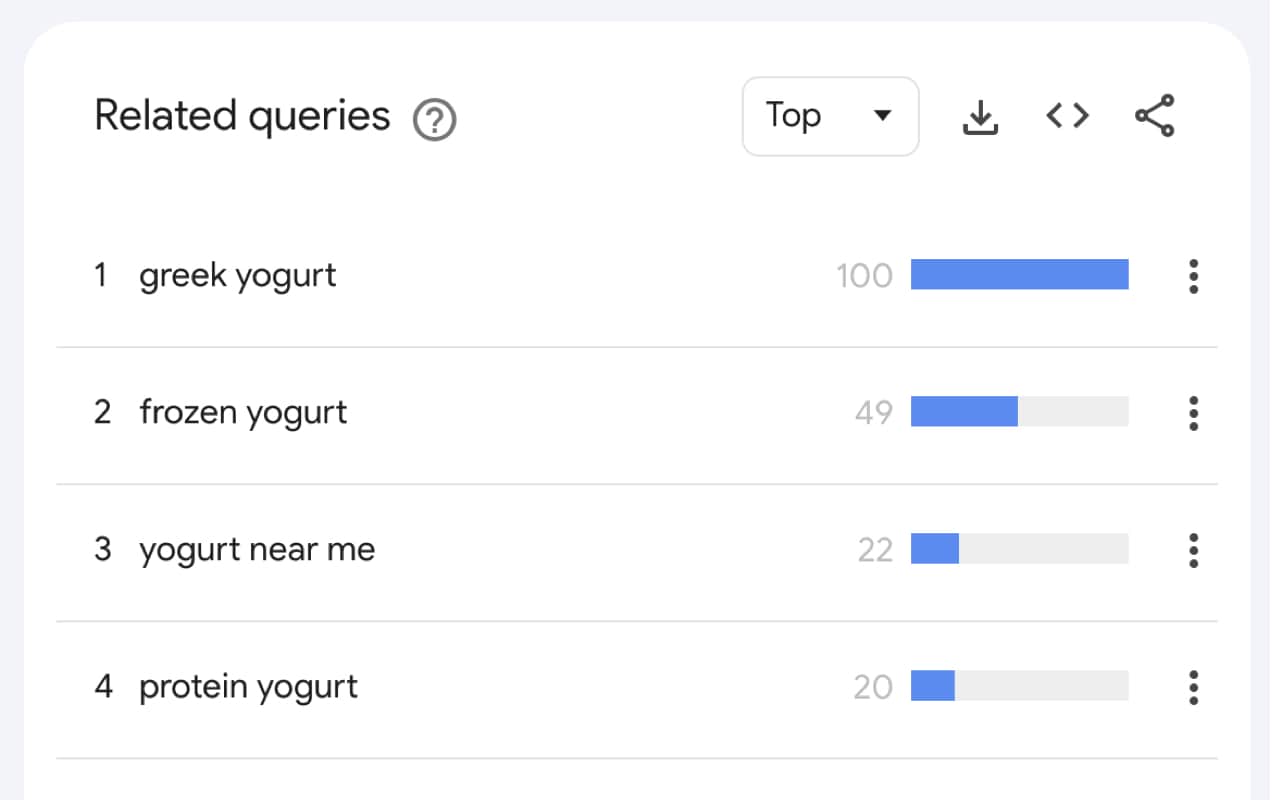
Popular terms
Next, it will show related queries that have high search volume. For yogurt, Google Trends listed things like ‘greek yogurt’ and ‘frozen yogurt’. This tells you the most popular search terms related to the product category.
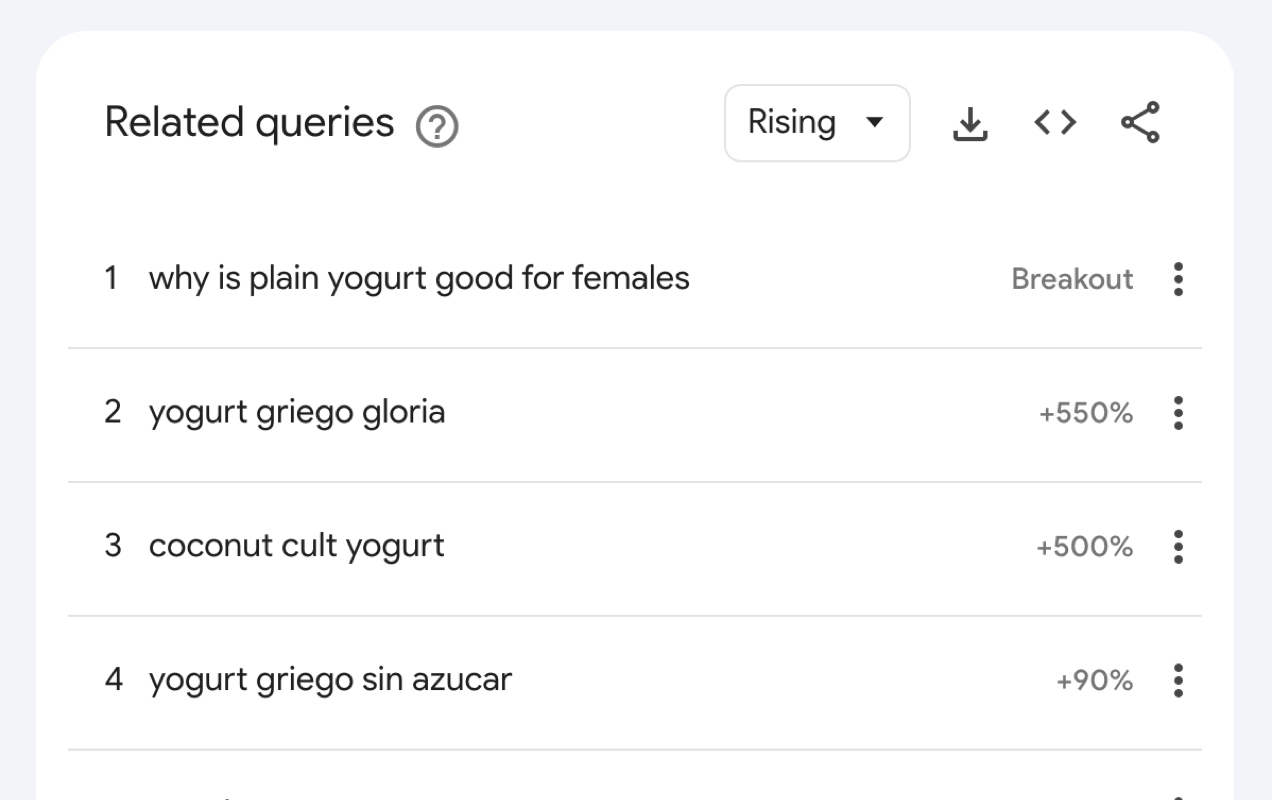
New trends
You can also select ‘rising’ search volume, and see which terms have gained the most traffic recently. For yogurt, the top rising search queries were ‘coconut cult yogurt,’ ‘yogurt bark,’ and a handful of others.
So these terms reflect what you might consider the cutting edge of the yogurt industry. And you won’t likely find those at the supermarket. So the ‘rising’ terms give you emerging products that are starting to catch on.
These might be good product ideas to start selling online so you can ride the wave up as that product becomes more popular. They could also be risky though, if the fad fizzles too fast.
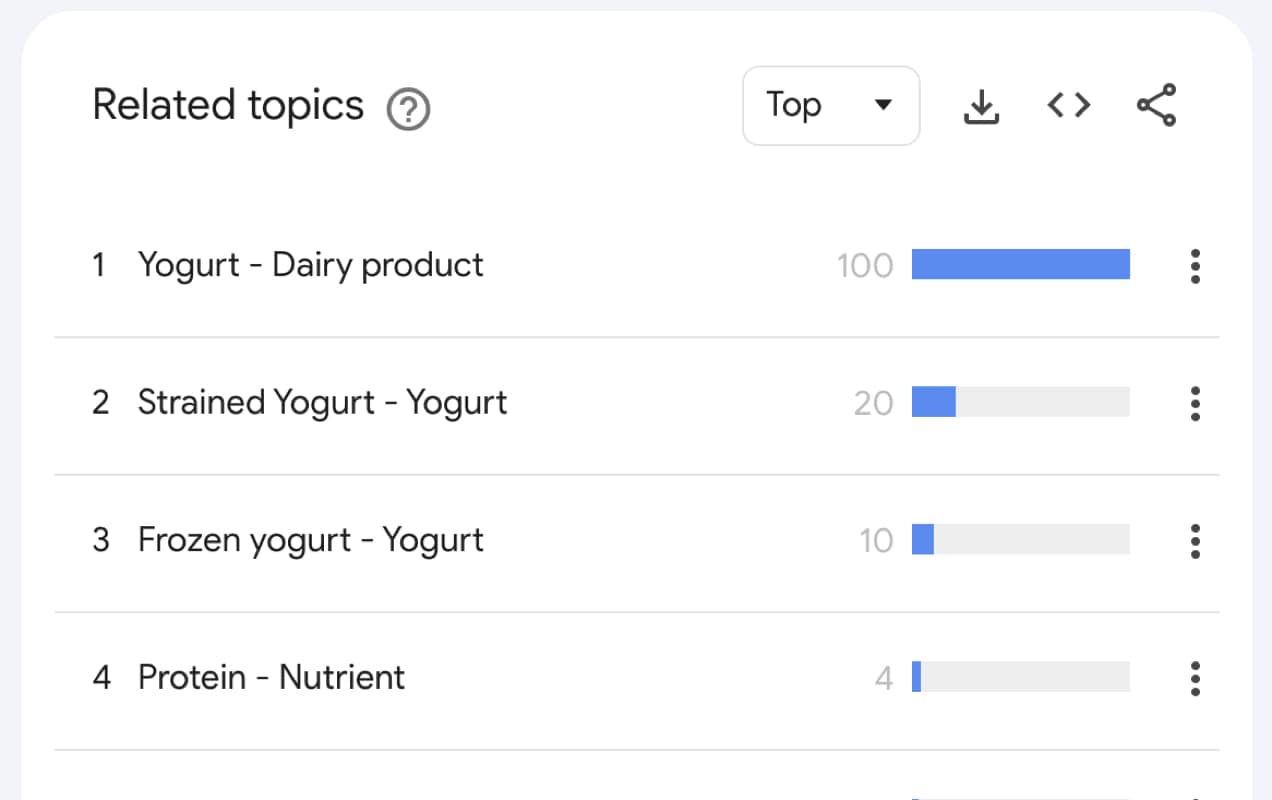
Related topics
Next, Google Trends will show you related topics. So these are terms that don’t include yogurt, but that are related to it in some way, such as ‘protein — nutrient.’
Here, you’re looking at potential ideas for additional product lines, or new markets to reach that might be interested in products from your ecommerce business.
The Greek yogurt surge of the last decade probably relates in part to the demand for alternative protein sources that are high in nutrients. So this appeals to a certain type of consumer. What else might they be interested in besides just yogurt?
2. Use Amazon
You can use Amazon without selling through Amazon. Much of their data is right there for all to see, and you can use it to explore popular and trending products and categories.
Here’s how to find products to sell using Amazon sales data:
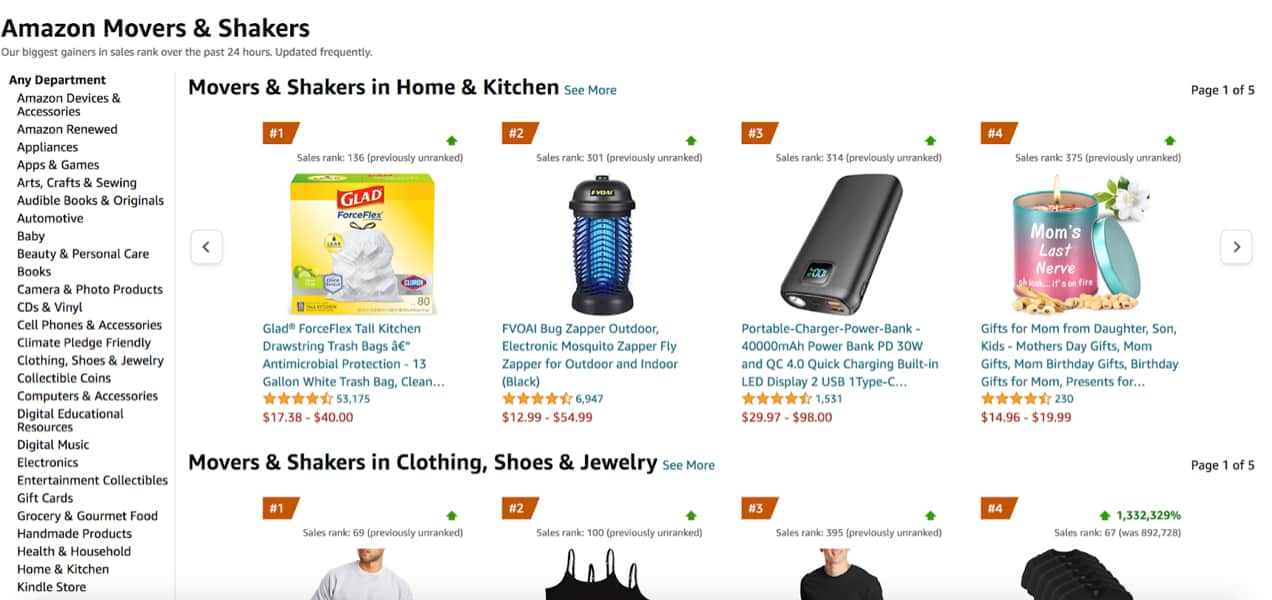
Movers and shakers
Begin by going to Amazon’s Movers and Shakers section. This shows products that have produced the largest increase in sales in a particular time period. So it’s comparable to the ‘rising’ queries in Google Trends, except now we’re looking at actual products, not search terms.
Looking at the movers and shakers for just one day isn’t probably that valuable, because these lists will change constantly. But if you checked in with this every day for a few months, focusing on just a couple product categories that interest you, you would begin to observe patterns and trends.
Do any products or brands consistently show up? How do things like seasons and holidays affect which products show up here? What about news events?
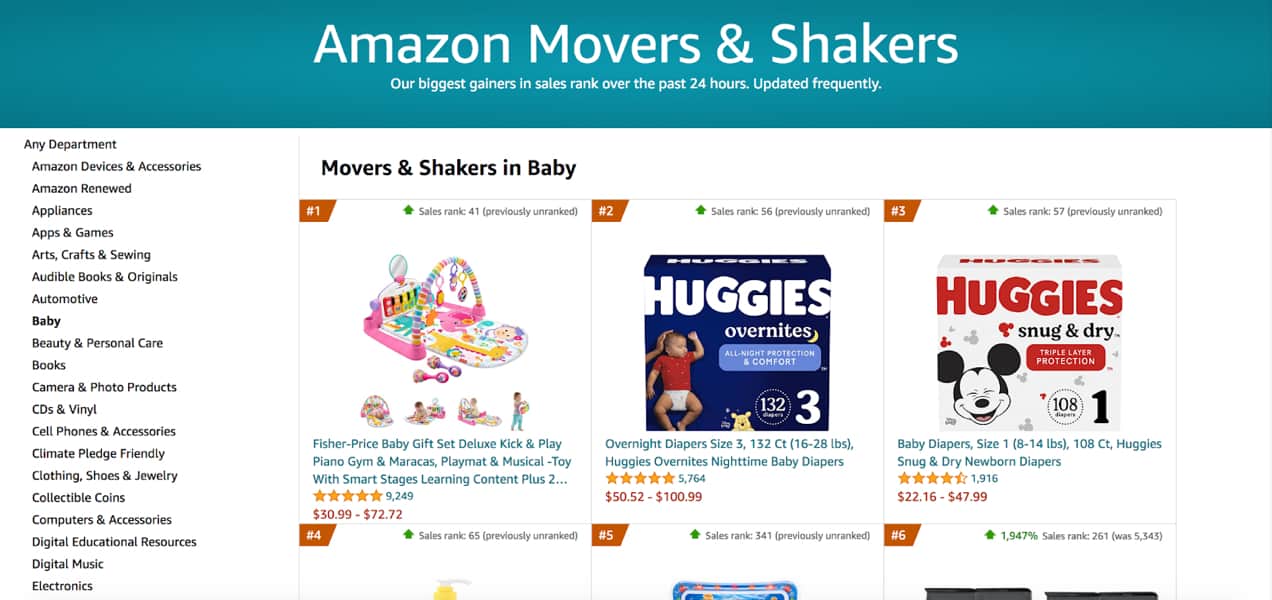
Subcategories
The next thing to try, on the same page, is to click on a main product category, such as ‘baby.’ A new set of headers will appear with subcategories to ‘baby,’ such as strollers, nursery, clothing, and toys. If you click on those, the categories break down even more specifically.
You can use this to niche down to very specific product descriptions and categories, much like we were discussing earlier when talking about color-changing coffee mugs for cat owners.
What do you do here?
See what’s selling. Study their packaging and brand names. Read marketing and product descriptions. Read reviews, and see what buyers like about these products, and where they are falling short.
If you can identify ways these products are not serving customers — missed opportunities — you might be able to develop products to sell online that meet those unmet needs.
Best seller ratings — BSR
Amazon uses a metric called the BSR to help online sellers and buyers have a better idea of how well these items sell.
So this gives you a sense of the quantity you might be able to sell — on Amazon at least. And of course, you have to be careful with data like this, because it is dependent on a number of factors such as pricing and product category. These sales won’t just “happen,” because you chose that category.
But you do get a pretty good handle on the demand for these products based on their BSRs.
The broad product categories that consistently experience the greatest demand on Amazon are home and kitchen, health and personal care, sports and outdoors, and beauty.
3. Tap into TikTok
TikTok has become so impactful to consumers that users openly embrace their finds with the incredibly-popular hashtag #TikTokMadeMeBuyIt — this now has over 50 billion views. It’s a treasure trove of new online business examples and a great place to start your research process.
TikTok also has some amazing resources for merchants. You can view top products and filter results based on location, product categories, and more. Or use the search function to find more specific results.
TikTok also has a new insights portal that details behaviors by generation, location, industry, and more.
Once you’re ready to make your products the next big thing on #TikTokMadeMyBuyIt, WooCommerce store owners can take advantage of the TikTok for WooCommerce extension.
This syncs your store inventory with TikTok to automatically help you create ads without the need for a professional designer or video team. An advanced tracking pixel can help you maximize your return on ad spend and quickly find an audience that’s eager to snap up your new product.
4. Let the results guide you
Beyond sources like Google Trends and Amazon, you can start with basic search engine queries and let your research guide you.
Look for sales statistics related to your product categories of interest. You should check sources and dates to ensure that what you’re reading is relevant and accurate, but there are stats for just about everything that can help you find trending products online. If you get specific enough, you’ll find good stuff.
For example, searching for “kitchen sales statistics” will turn up a lot, but it won’t be very useful because the term is so broad. Do you see why having a more defined, profitable niche is so important? It comes up over and over again.

Instead, search for narrower terms like “food storage container sales statistics”. Or substitute ‘data’ for ‘statistics.’ That narrower term will be more useful for someone looking into selling those types of products.
So a good strategy is to first use Amazon to identify narrower product categories, then search online for sales stats for those terms. See where it leads you.
You can also consult industry sites and associations in your chosen industry or that serve your target audience. They’ll often sponsor research and reports that you can use to guide your product exploration.
How do you conduct market research?
↑ Voltar Para o TopoTrends and statistics are just one part of market research. You’ll want to dig further.
What sorts of things could you research? Here are a few recommendations:
- Demand — use Google Trends and BSRs on Amazon to get a sense of this
- Market size — sales stats and search queries give a good idea for this, too
- Economic indicators — what income demographics will your best products appeal to?
- Location — Google Trends again can help with this if you plan to sell to particular locations
- Market saturation — is there already too much competition? Is there room for another option?
- Pricing — what are people paying for products related to your idea?
Qualtrics recommends focusing research on one of four possible areas:
- Consumer — current or past customer behavior
- Company — your product, service, marketing campaigns, pricing, etc.
- Competition — the effects of your products on others in the market
- Industry overall — where it’s headed and where it’s been
How do you research topics like these? You can perform two types of market research: Primary and secondary.

Conduct primary and secondary market research
Primary research is anything you conduct yourself — actual interviews, surveys, product testing, focus groups, and other methods of data collection.
Secondary research refers to any existing data that you find and use. So, searching online for sales statistics would be secondary research. So would looking at government sites such as the Small Business Association, which has all sorts of data.
As you probably noted immediately, secondary research is much easier, but primary research will be more informative because it will be specific to your product ideas and goals.
Hotjar posted a good example of primry research, including a case study of a real company that conducted research on one of their existing products.
They recommend five good questions to ask if you get a chance to interview people as part of your research:
- Who are you and what do you do?
- How do you spend your day?
- Do you ever purchase this type of product or service?
- What problem were you trying to solve or what goal were you trying to achieve through that purchase?
- Take me back to the day when you first decided you needed to solve this problem or achieve this goal.
This line of questioning helps expose the thinking and motivations behind purchase decisions.
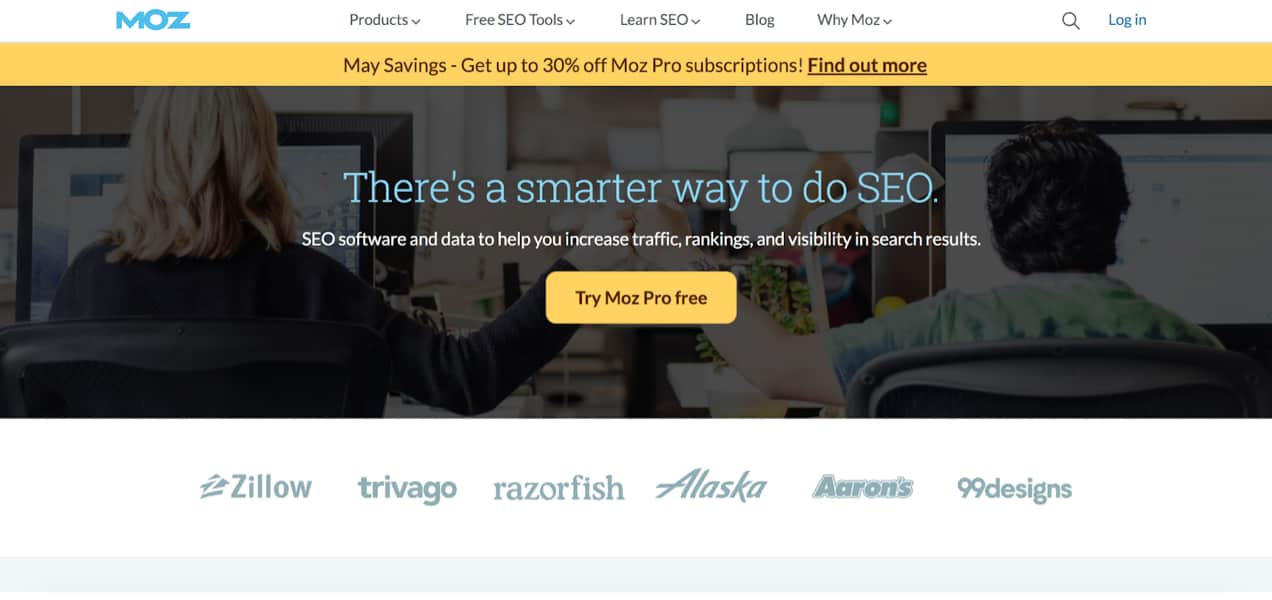
Research competitor search traffic
Another strategy for market research can be done using SEO tools such as Ahrefs, Moz, or Buzzsumo.
Want to see which websites are drawing traffic from search terms and keywords related to your product ideas and categories?
These services will show you. You can see actual data for impressions and clicks related to all sorts of search terms, as well as PPC advertising data your competition may be using.
To be clear on these terms, an impression happens when a search result appears after a query, and a click is when the user clicks on that search result. So impressions are always higher than clicks. The same terminology applies to PPC (pay per click) advertising.
This sort of information is useful for several reasons, not all related to market research. For example, you’ll know something about your competition and what you’re up against for attracting organic or paid traffic.
But you’ll also get good insights into what your potential customers are searching for and clicking on. You’ll see which search terms seem to get a greater response. That indicates demand.
And to be clear, these are paid services. But if you’re just getting started and don’t want to overspend, you can subscribe for just one month, conduct all your initial research, and then back out.
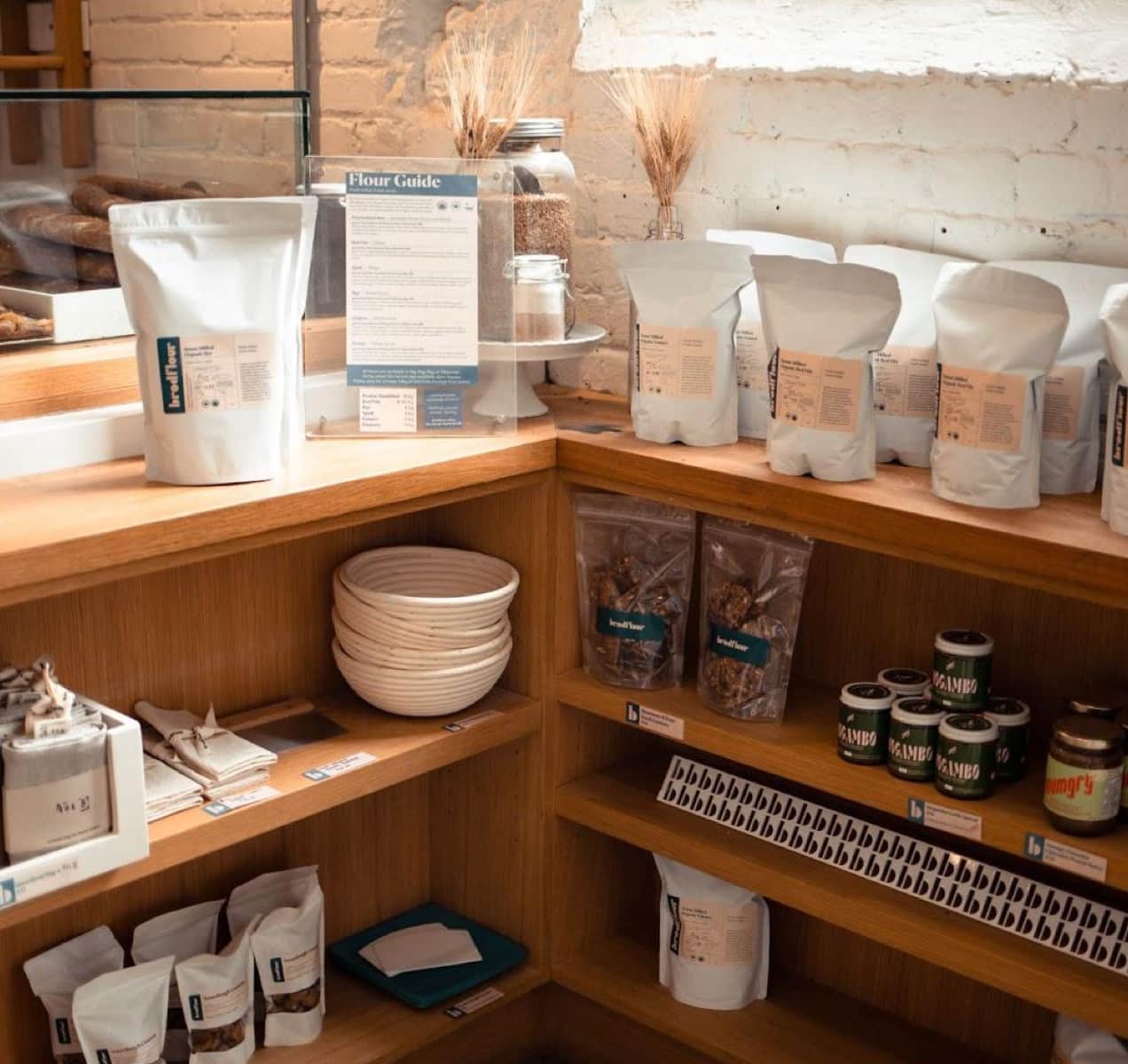
Some popular products selling online
↑ Voltar Para o TopoOkay, so do you want a few examples of products to sell online?
Remember, any list attempting to present the best products to sell online is just a snapshot. So the greater value is in what you’ve already read — how to determine what makes a good product to sell, how to spot trends, compare products, different ways to sell online, and all the rest.
But there are also broad online selling trends that tend to hold up over time. If you recall, Amazon reports consistently strong sales for these product categories:
- Home and kitchen
- Health and personal care
- Sports and outdoors
- Beauty
Here are a few specific examples:
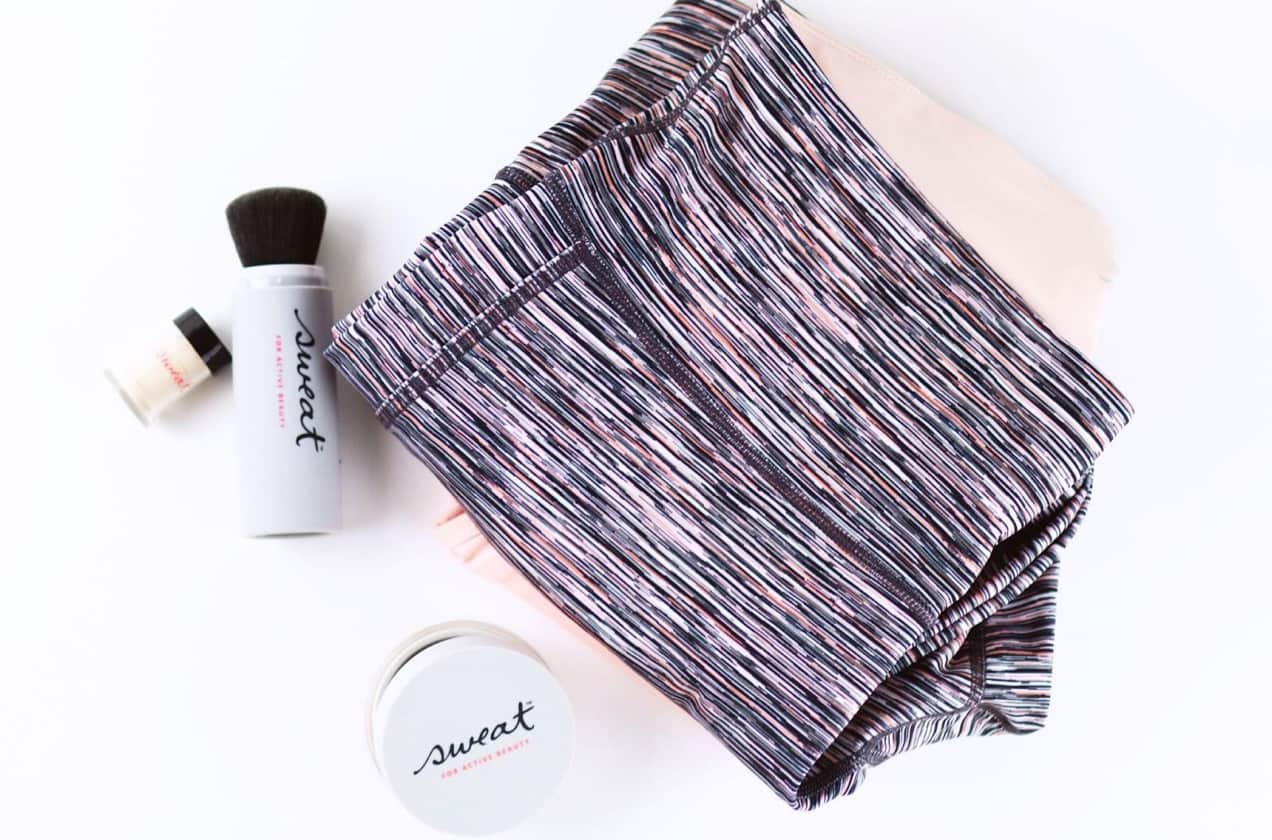
Shapewear
Shapewear is growing in popularity. Unlike many short-lived clothing fads, shapewear serves a practical purpose. It’s designed to be comfortable and stylish while helping people feel better about how they look in their clothing.
The material used for modern shapewear is lightweight and easy to ship. Here are some of the options that fall into this category:
- Control slips
- Leggings
- Bodysuits
For some, this is sportswear and they wear it at the gym or while exercising outdoors. Its versatility and practical use has made it a mainstay in modern apparel.

Health and wellness
Many consumers don’t mind spending a little extra on organic foods and locally-sourced or farm-raised products.
Some shoppers also seek foods to meet special dietary needs. They may prefer low-fat, nutrient-rich, vegan, or Keto options.
Here are some examples of health and fitness products:
- Dietary supplements
- Multivitamins
- Protein shakes
- Energy bars

Pet supplies
Nearly 70% of U.S. households are pet owners. The online pet market is a consistent, solid product category because people need to regularly replace toys and accessories, in addition to food.
Social media influencers play an ever-increasing role in promoting pet products. You can attract your own customers by creating entertaining or valuable content for your ecommerce business. Then, encourage visitors to take a look! Consider the following products:
- Pet beds
- Dog toothbrushes
- LED dog collars
- Biting toys

Home and kitchen
The shelf life may be longer, but people are always looking for new ways to cook, organize, and store things in their kitchen.
You can always count on a steady stream of buyers as young people move out from their parents’ homes, get married, start families, buy first and second homes, and live their lives.
All the way through to retirement and beyond, kitchen and home supplies, accessories, utensils, and storage options will always be in demand.
A few examples of home and kitchen products include:
- Non-slip kitchen mats
- Silverware sets
- Drawer and cabinet organizers
- Drying racks
- Brooms and dustpans
Ready to start selling online with your own ecommerce business?
↑ Voltar Para o TopoWooCommerce provides all the tools you need to set up your online store so you can sell products and start your business.
It integrates seamlessly with WordPress, and offers a whole range of plugins and extensions to help with online selling, marketing, payment processing, coupons and deals, accounting, SEO, and other tools to help run your shop.
To learn more about launching a successful online business, see the features included with WooCommerce.
Ready to set up a new online store? Check out this comprehensive guide to start selling online.
About

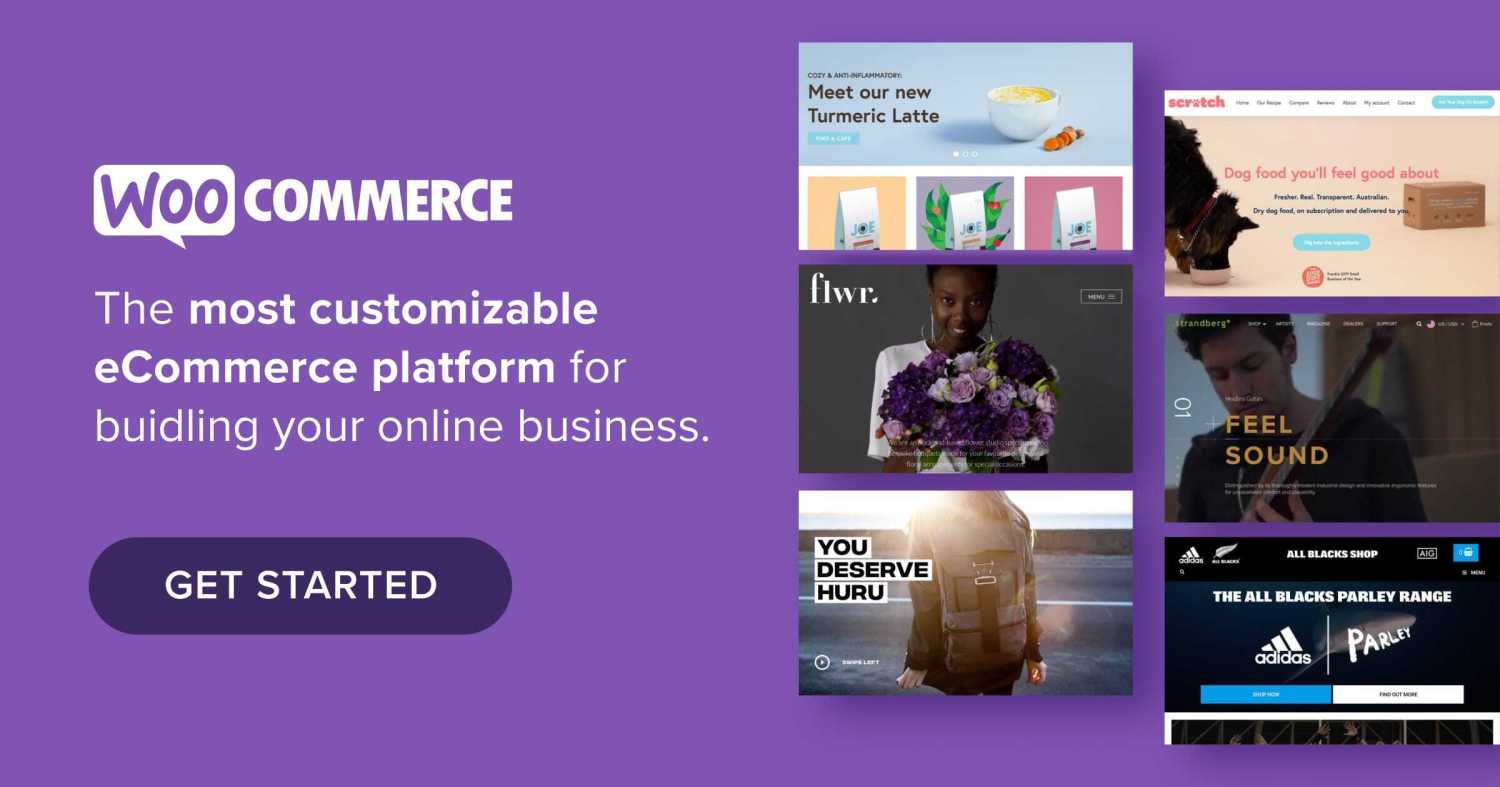



this question is about woo-commerce
for making custom attributes for product what should i do ?
notice:
for example in product page always i need weight for or material for attributes of products and title of attributes is always same , but next field that should right the weight of product is always different
what should i do ?i dont want to write title always whenever there is new product and i just want to to filed blank that is about the specification
Hi Mahyar! This documentation – https://docs.woocommerce.com/document/managing-product-taxonomies/ — walks you through adding custom attributes. If you have any additional questions, you can get help from the community via the forum here: https://wordpress.org/support/plugin/woocommerce/
To create custom attributes for products in WooCommerce, you can follow these steps:
Log in to your WordPress admin dashboard.
Go to the “Products” menu and click on “Attributes”.
Click on the “Add New Attribute” button.
Provide a name for your attribute. For example, you can name it “Weight” or “Material”.
In the “Slug” field, a lowercase version of your attribute name will be automatically generated. You can modify it if needed.
Under the “Values” section, you can add the specific values for your attribute. For example, if you’re creating a “Weight” attribute, you can add values like “1 lb”, “2 lbs”, “3 lbs”, etc. Each value should be entered on a new line.
Enable the “Visible on the product page” checkbox to make the attribute visible to customers on the product page.
Save the attribute.
Now, when you create or edit a product, you’ll be able to assign values to the custom attribute you created. In the product editor, locate the “Attributes” section.
From the dropdown menu, select the attribute you created (e.g., “Weight” or “Material”).
In the “Values” field, you can enter the specific value for that product. For example, if you have a product that weighs 2 lbs, you can enter “2 lbs” in the value field.
Save or update the product.
By setting up custom attributes in this way, you don’t need to write the attribute title repeatedly for each product. You can reuse the attribute and enter specific values for each product individually. This allows you to streamline the process and avoid redundant input.